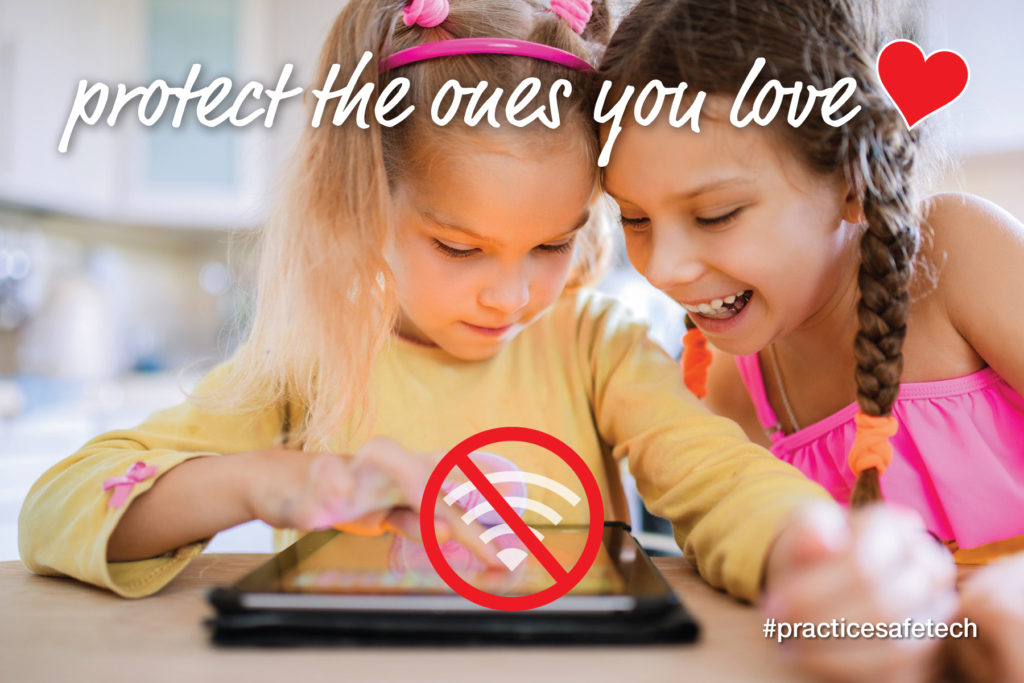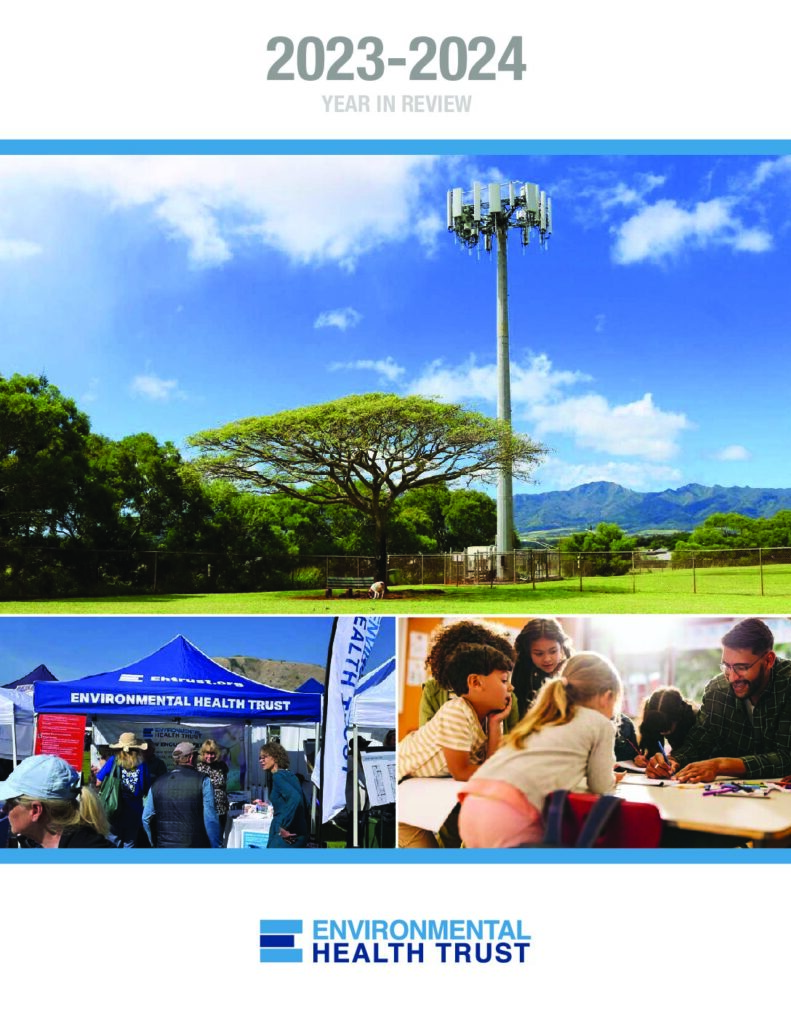Scientific research on wireless radiation has found impacts to the brain such as; decreased and damaged brain cells in animals exposed as adults and prenatally (Suleyman et al, 2016,Sonmez et a 2010, Bas et al.2009, 2009); impacts to blood brain barrier (Nittby 2010,Sirav and Seyhan2011); altered brain activity in a major NIH study (Volkow et al. 2011); decreased memory in replicated research on hundreds of teenagers exposed for only one year (Foerster et al. 2018); decreased memory and hyperactivity after prenatal exposure in Yale study (Aldad et al., 2011); behavioral problems after pre/postnatal exposures in replicated University of California School of Public Health studies (Divan et al., 2008,2012); and hyperactivity/inattention problems in children after prenatal exposure (Birks et al., 2017).
Numerous studies in different laboratories in different parts of the world have found harmful impacts.
The US National Toxicology Program found DNA damage in the frontal cortex of male mice, in the blood of female mice (1,900 MHz) and hippocampus of male rats (900 MHz) exposed for only a few months (Smith Roe et al., 2020) as well as clear evidence of cancer in male rats exposed for two years (NTP 2018).
AfeBabalola University in Nigeria found animals exposed to Wi-Fi had vascular congestion, DNA damage in brain tissue, decreases in AChEactivity and increases in anxiety levels (Ibitayo et al 2017, Obajuluwa et al. 2017) as well as alterations in hematological and biochemical parameters (Bamikole et al, 2019)
Turkish researchers have found harmful effects from wireless radiation such as increased sperm head defects and decreased weight of reproductive organ tissues (Dasdag 2015); altered expression of some miRNAs (Dasdag 2015). “Conclusion: Long-term exposure of 2.4 GHz RF may lead to adverse effects such as neurodegenerative diseases originating from the alteration of some miRNA expression…” (Dasdag 2015)
Scientific Research on Screens and Children
Wireless Radiation is linked to health effects
There are numerous published animal studies that provide scientific evidence of harmful biological effects such as (click on hyperlinked word to go to the science) damage to ovaries, uterine oxidative stress, tumor promotion, hepatic injury, DNA fragmentation, alteration of gene expression, altered hematological profiles, increased stress and anxiety, impaired hippocampal learning and spatial memory,cognitive impairment and hippocampal tissue damage, oxidative stress of brain and liver, altered testes development, changes to microRNA expression in brain tissue, cognitive impairment, changes in the morphology and expression of heat shock proteins and glucocorticoid receptors in thymus, heart variability and changes to blood pressure, impacts to growth and pubertal development, impaired spatial memory, apoptosis, DNA oxidation, nitrosative stress, altered melatonin, deoxyribonucleic acid damage, oxidative stress in the kidney, abnormal pregnancy, impacts to cornea, immunohistopathologic effects, thyroid chemistry, thyroid hormones, altered circadian organization, single strand DNA breaks, mutagenic brain responses, blood-brain barrier damage, demyelination in cortical neurons and more
Download a Wi-Fi factsheet










